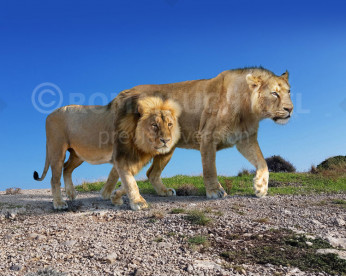Barbourofelis fricki
6969Barbourofelis fricki (Barbourofelis fricki Schultz & Martin, 1970)
Order: Carnivora
Family: Barbourofelidae
Range and period of existence: Late Miocene of North America
Dimensions: length - 2,3 m, height - 90 cm, weight - 180-300 kg.
The largest species known as Barbourofelis fricki was living in North America, having reached the size of a modern lion, but has superior in weight, due to its unusually strong physique. It had a very robust constitution and largest individuals of B. fricki are thought to weight up to 300 kg. The skull of Barburofelis was shortened to a greater degree than in kind of saber-toothed cats Smilodon and hypertrophied upper canines were perhaps even more advanced. The lower jaw, as well as saber-toothed predators have all been relatively weak, the lower teeth are not large, the set of teeth is shortened. On the lower jaw bone, there were specific processes that are characteristic for the early saber-toothed cats, but more pronounced than in the past. A very interesting structure of the rear limb girdle of Barburofelis. The pelvis of the predator was more extended than that of the cat with more developed iliac bones, which may suggest that barburofelis was more stable, rising on the feet and striking the front, as is often done in modern cats.
Barbourofelis fricki (Barbourofelis fricki Schultz & Martin, 1970)
Order: Carnivora
Family: Barbourofelidae
Range and period of existence: Late Miocene of North America
Dimensions: length - 2,3 m, height - 90 cm, weight - 180-300 kg.
The largest species known as Barbourofelis fricki was living in North America, having reached the size of a modern lion, but has superior in weight, due to its unusually strong physique. It had a very robust constitution and largest individuals of B. fricki are thought to weight up to 300 kg. The skull of Barburofelis was shortened to a greater degree than in kind of saber-toothed cats Smilodon and hypertrophied upper canines were perhaps even more advanced. The lower jaw, as well as saber-toothed predators have all been relatively weak, the lower teeth are not large, the set of teeth is shortened. On the lower jaw bone, there were specific processes that are characteristic for the early saber-toothed cats, but more pronounced than in the past. A very interesting structure of the rear limb girdle of Barburofelis. The pelvis of the predator was more extended than that of the cat with more developed iliac bones, which may suggest that barburofelis was more stable, rising on the feet and striking the front, as is often done in modern cats.

-797x638.jpg)
-2018-797x638.jpg)
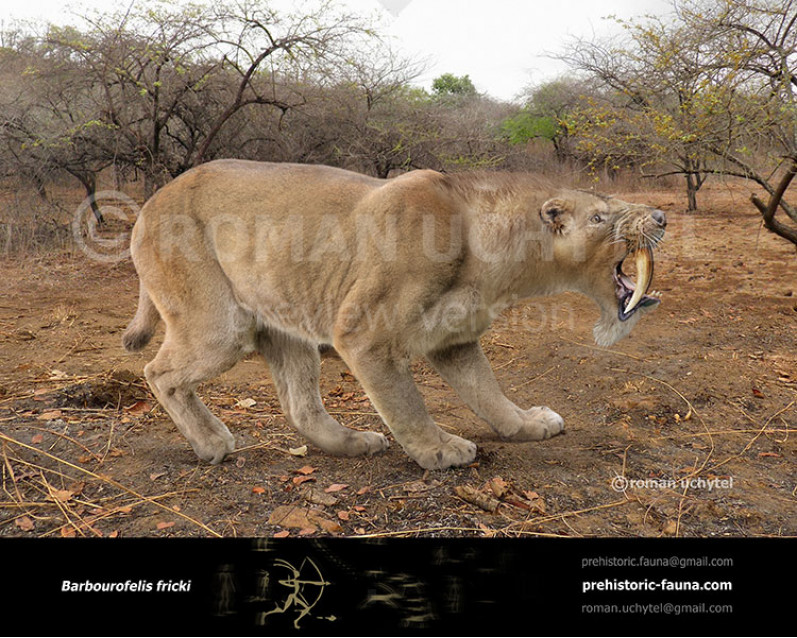
-2017a-797x638.jpg)
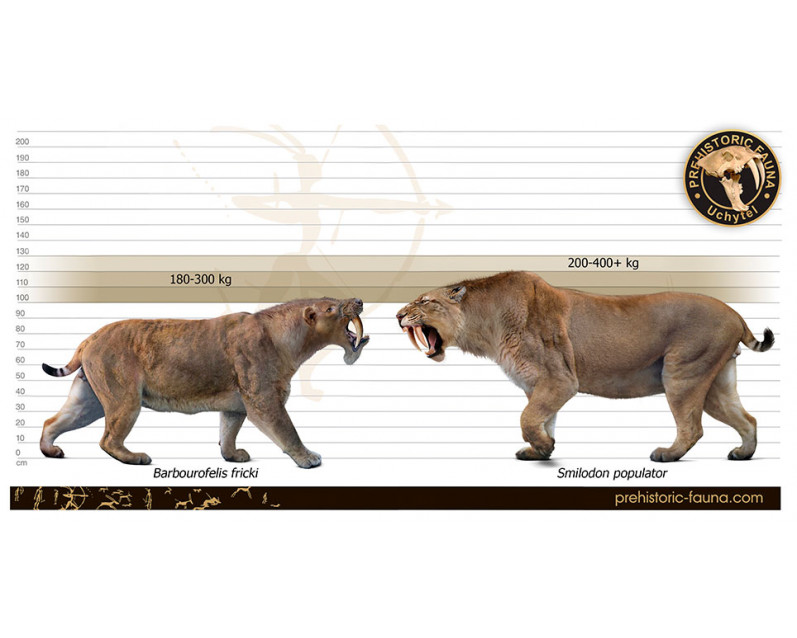
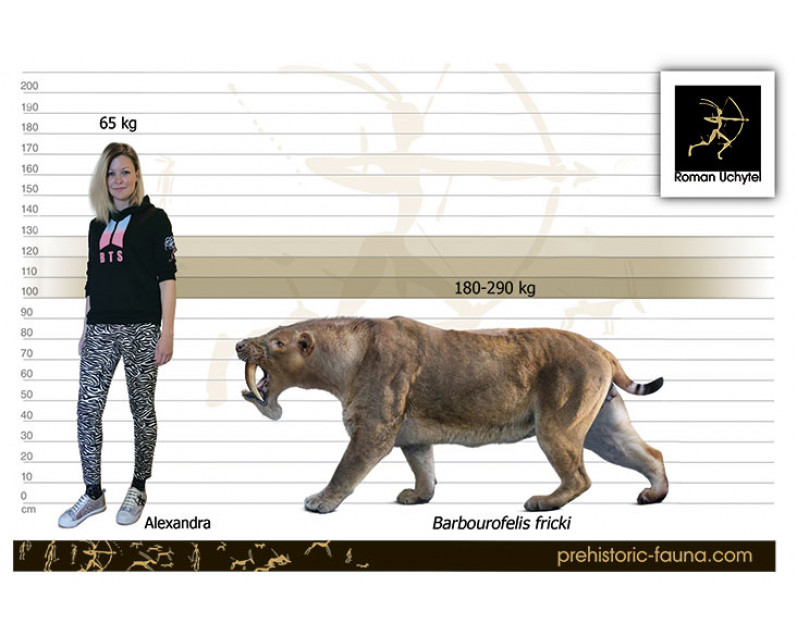
-70x56.jpg)
-2018-70x56.jpg)

-2017a-70x56.jpg)


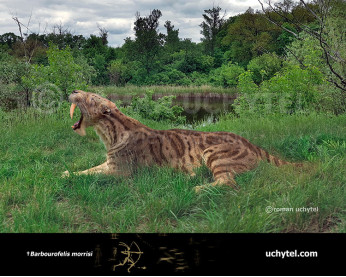
1-346x277.jpg)
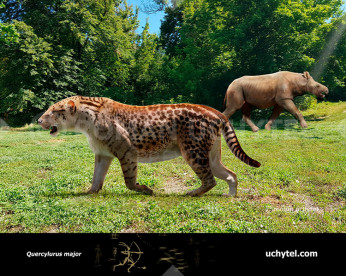
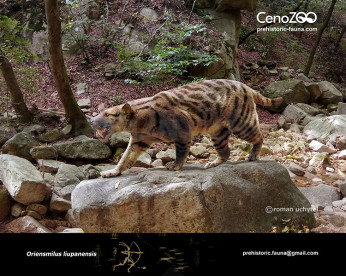
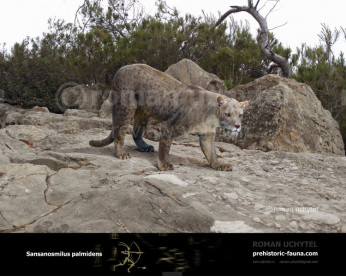
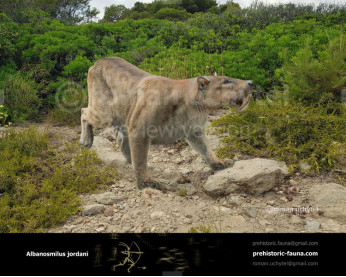
-346x277.jpg)
